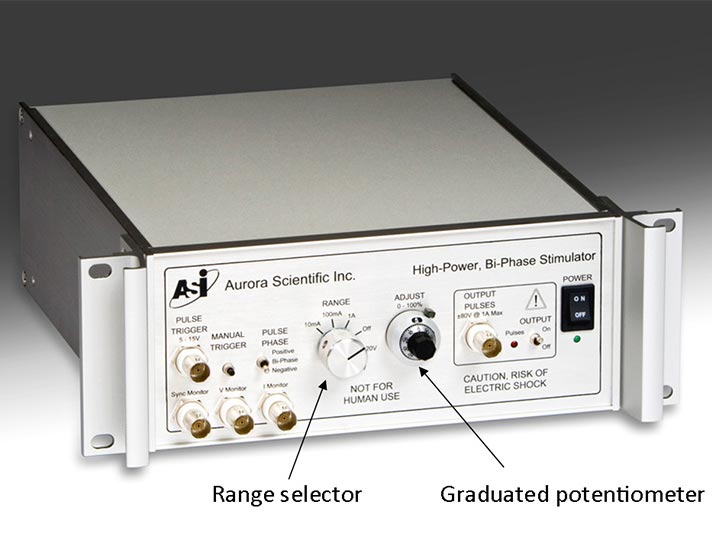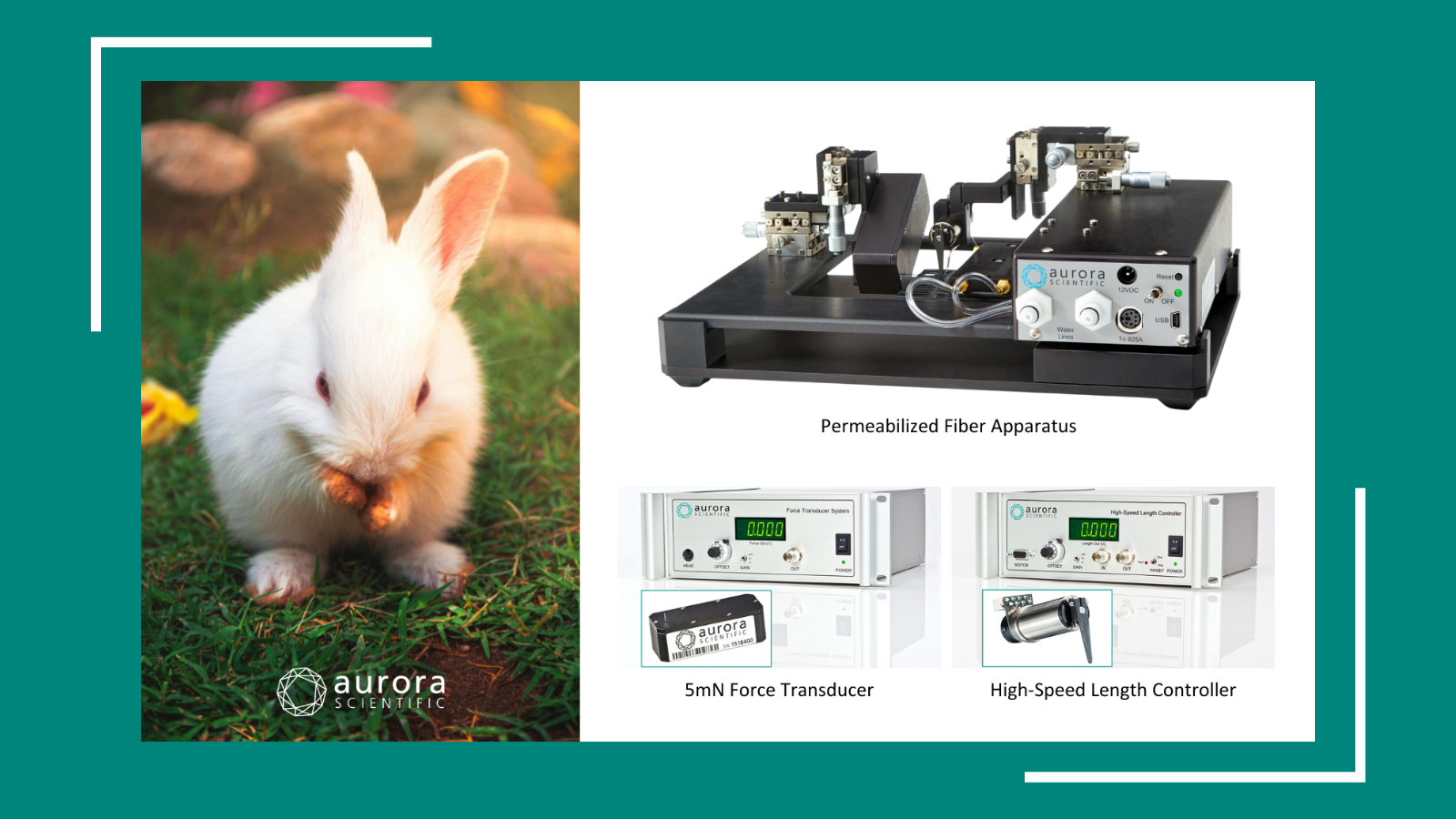The response of a whole muscle to an electrical stimulus depends on the number of muscle fibers activated. Measurement of maximum isometric force requires that all the fibers are activated. Therefore it is very important that the optimal stimulation conditions are established with each experimental setup and for each muscle type to be tested.
When single fibers of skeletal muscles are stimulated, the fibers follow the all-or-nothing law: the response to any suprathreshold stimulus is maximal and therefore cannot be increased by increasing the intensity of the stimulus.
However, when stimulating a whole muscle the response is graded; muscle force increases with increased intensity of the stimulus. This is due to the increased number of activated fibers. To obtain reproducible results, researchers usually use supramaximal stimuli, which will induce contraction of all the fibers at each stimulation. Supramaximal stimulation is stimulation having intensity (voltage or current) significantly above that required to activate all the muscle fibers.
ASI has developed an easy-to-use and time saving approach for establishing the maximal stimulation conditions for a muscle. Our DMC control software contains a feature called InstantStim. InstantStim allows the user to save the parameters of an electrical twitch stimulus which can be activated through our live data monitor with real-time feedback of the resulting force production. To see how to set up InstantStim, please see our blog post titled; Optimizing muscle resting length (Lo) with DMC software.
Establishing maximal stimulation conditions is similar to optimising the resting length of the muscle. Once attached to the transducer the muscle is stimulated with a single electrical pulse to produce a twitch response. The voltage or current is increased in small increments with rest periods of at least 30 seconds between twitch stimulations to avoid fatigue of the muscle. A quick review of available literature will inform you of the best intensity to initially start with for a particular muscle and animal model strain.
It is important to note that the intensity for field stimulation (isolated muscle) and nerve stimulation (In-Situ/In-Vivo) for the same muscle can be very different. Nerve stimulation should require a lower intensity to recruit all the fibers in an intact muscle compared to field stimulation.
For field stimulation a pair of platinum plate electrodes should be used (Included in all ASI In-Vitro apparatus). The electrodes should run the length of the muscle sample and be positioned as close as possible to the muscle, but never touching the muscle.
For nerve stimulation the wire electrodes should be hooked under the nerve to be stimulated. Ensure that stimulation of this nerve only stimulates the muscle of interest. If other muscles are being stimulated, accessory nerves to these other muscles may have to be cut.
Aurora Scientific’s 701C Bi-Phase Stimulator can provide positive, negative or alternating (bi-phase) pulses of up to 80V at up to 1 ampere of current.The stimulator can output either constant current pulses (from 0.4 milliamp to 1 amp) or constant voltage pulses (from 0 to 80 volts). The output current or voltage is set using a range selector switch and a graduated potentiometer.
Fig 1. ASI 701C Bi-Phase Stimulator
Maximal stimulation is the voltage or current at which the isometric twitch force produced is maximal. Supramaximal stimulation is the voltage or current at which the isometric twitch force is maximal plus ~15% to ensure that all fibers are activated simultaneously.
Fig 2. Twitch Stimulus on InstantStim Program






